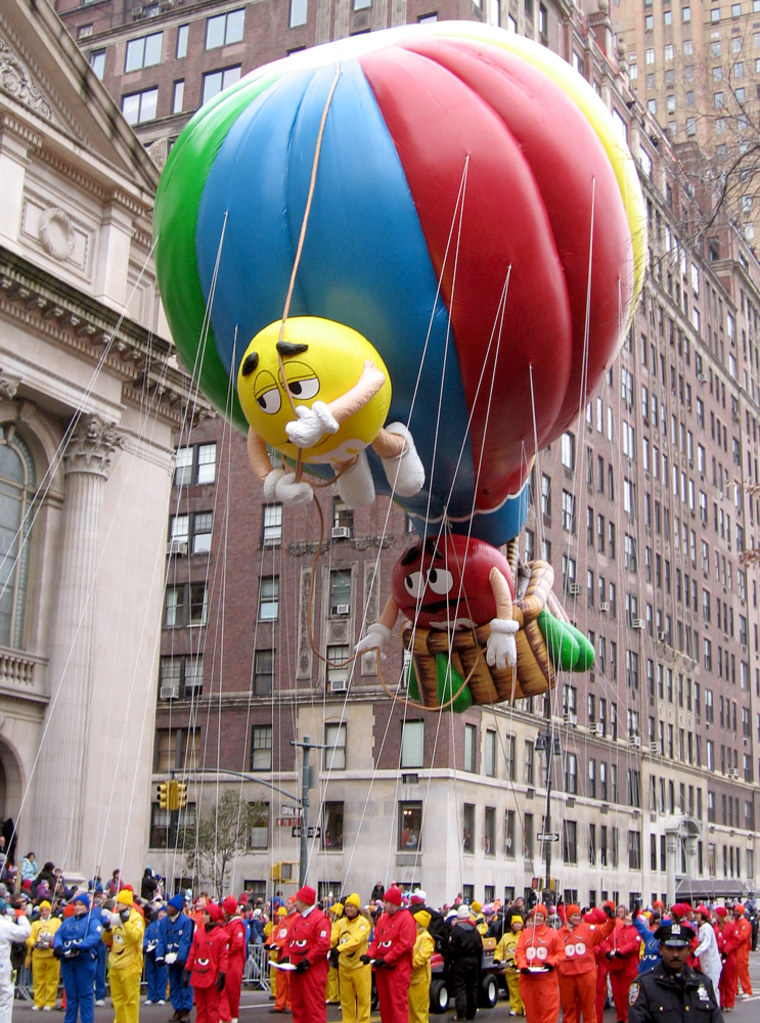A 515-pound M&M's balloon careened into a New York City lamppost at last year’s Macy’s Thanksgiving Day Parade, sending two sisters to the hospital. Of course, the sisters have recovered, and the mishap will hardly dent the reputation of the M&M’s characters, who relentlessly flog Mars’ popular chocolate candy. In fact, the M&M’s characters rank first in likability among American brand icons, according to a survey of 1,800 consumers done by Marketing Evaluations in Manhasset, N.Y.
Initially introduced in 1954, Mars’ candy-coated treats have rolled out five different-colored spokes-candies — red, yellow, blue, green, orange, respectively — each with a distinct personality, over the past 50 years. The most recent? Crispy, an orange-colored mascot whose ads first appeared during the 1999 Super Bowl, the most watched television event of the year. Collectively garnering a list-high "q score" of 42, it’s clear the M&M’s are melting our hearts — and not in our hands.
“A character’s q score is its overall measure of likability by those familiar with the character,” explains Marketing Evaluations President Steven Levitt. Out of a possible 100 points, the least liked spokes-creature, Stouffer’s Max-A-Roni, attained a mere 13.
Though the firm measures the likability of the icons on a biannual basis, Levitt says the list hasn’t changed much over the years. Classic characters such as Kellogg's Tony the Tiger and Kraft Food’s Kool Aid Man, introduced in 1952 and 1954 respectively, rarely lose their popularity. Advertisers work hard to keep the characters up to date.
Tony the Tiger currently wows his fans with his newest talent: snowboarding. And, from skateboarding to beach volleyball, there doesn’t seem to be a popular sport that the Kool Aid Man hasn’t mastered.
Snap! Crackle! and Pop! are the oldest of the bunch. Kellogg’s first capitalized on the sound the rice puff cereal makes in milk way back in 1932. Within a decade, the elf-like characters were not only lining cereal boxes but also featured as the heroes of comic strips.
Of course, there is some room for newer icons. Take Aflac’s adored duck. Prior to the duck’s 2000 debut, the Columbus, Ga.-based insurance company needed to improve it’s name recognition. Playing off the company’s name, which is believed to sound like a duck’s quack, the company’s advertising agency conjured up a duck. An instant success, the spokes-duck has appeared in 23 different commercials since.
And the gecko of Berkshire Hathaway's GEICO is new to the scene as well. Introduced in 1999, the auto insurance company’s spokes-creature continues to shoot spots and win fans.
